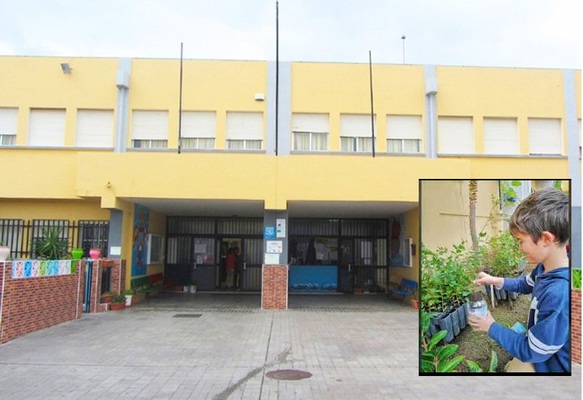After Pierre's death, Marie rented a house with a garden and an ecogarden in Sceaux, on rue Chemin de Fer, since grandfather Eugène loved taking care of it and in this way her daughters could complete an integral education, after studying they always did physical exercise in the open air in this garden.
There are also conversations that appear in the letters that Marie and her daughters sent to each other, about the garden, they appear in the book: "Letters Marie Curie and her daughters" editorial ci Clave Intelectual. Pages: 17 about the state of the cypress tree, peach tree, araucaria, also on page 196 about the lavender and vine cuttings they had planted.
So we follow their example and our students learn by experiencing science through the ecogarden.
Several minerals are essential for our body. They are divided in two groups, macroelements and microelements. All of them are neccesary to have a good health.
In our school gardens we have some vegetables and aromatic plants rich in some of these minerals.
Students from all schools have worked toghether to elaborate this periodic table. Some of them have looked for information about minerals that are in vegetables. Other students have made pictures to their school gardens. With all of this information, they have established the relation between elements and vegetables.
Do you accept the challenge to discover the minerals that contain vegetables? Click in each element of the periodic table and discover some vegetable and plants that are rich in it.
Each national mixed team has collaborated according to the families in which the vegetables are divided:
Solanaceae: tomatoes, peppers and aubergines. Team 1
Legumes : Peas and beans. Team 1
Cruciferous: Cabbages, radishes, turnips. Team 4
Umbelliferae: Carrots, celery, turnips. Team 3
Liliaceae: Onions, leeks, garlic. Team 6
Chenopodiaceae: chard, beets, spinach. Team 5
Cucurbits: zucchini, cucumbers. Team 2
Compounds: Lettuce and endive. Team 5
Aromatic plants all groups in their ecogarden in each center.
EARTH DAY
IES MACARENA (SEVILLE) SPAIN
Today, as we celebrate Earth Day, we remember the harvest from our ecogarden of autumn and winter, the chards, spinach, onions, cabbages and lettuces that we collected, wrapped in laughter and eager to savour in rich recipes.
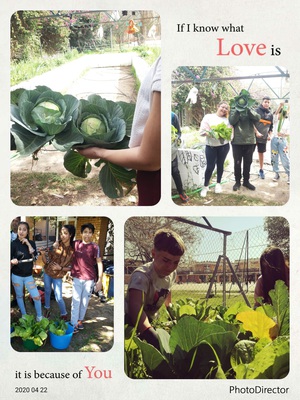
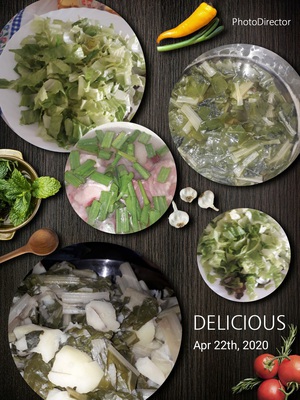
Environmental ♲ mural in progress at Slovak 🇸🇰project school
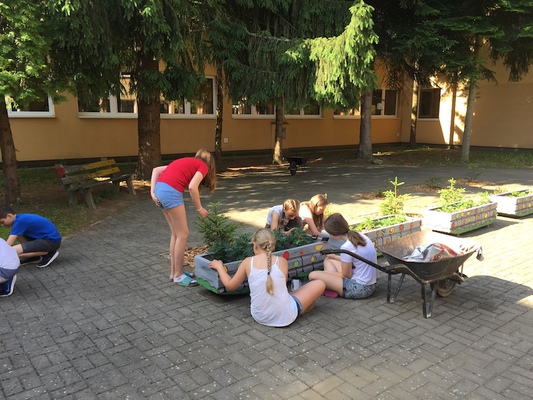
FROM TURKEY
Little scientists continue to explore nature...
After traveling to Space, we understood how beautiful Earth is. We must protect this beautiful nature. We thought about how we can use plastics by recycling. We hope for a clean and natural Earth with sufficient natural resources.
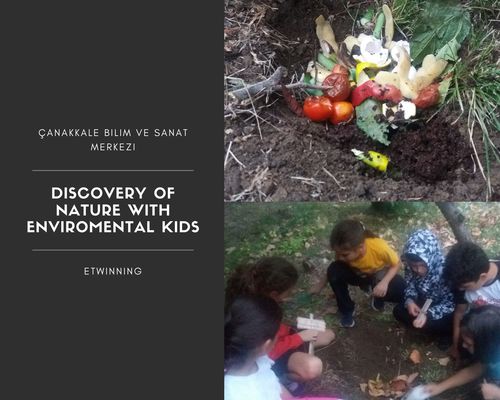
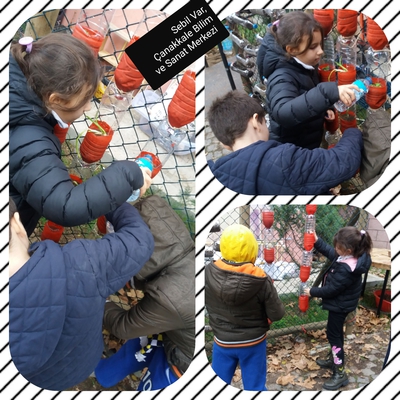
p>
IES MACARENA (SEVILLE) SPAIN
Just like Eve did when she discovered a field walking and started reaping with the farmers. This is reflected in the book "Marie curie letters and her daughters" on page 103.
Like us, following her example we have established this collaborative service.
That's why we visited the ecogarden of the Moorish King in Seville.
First in this place we did a meditation on Mindfulness and Nature: Sunflower.
We are also committed to repopulating and reforesting the environment.To fight against climate change and environmental pollution. We have also become a service community with a collaboration agreement with this ecogarden.
In CEIP Mare Nostrum, Ceuta, Spain, kids take care of the small school garden.
